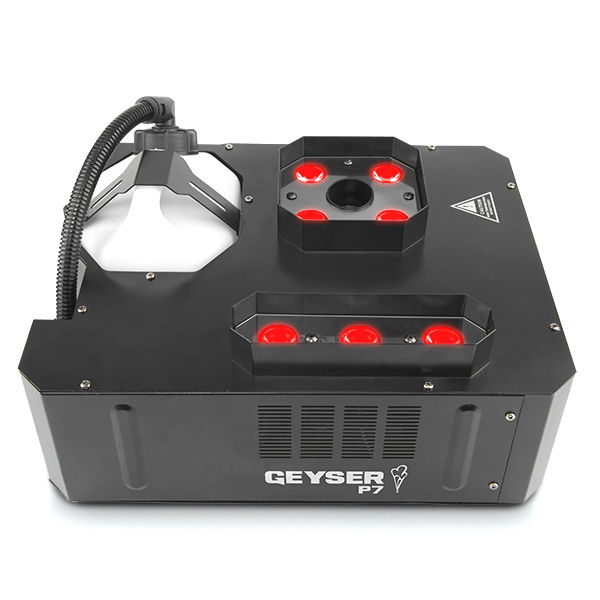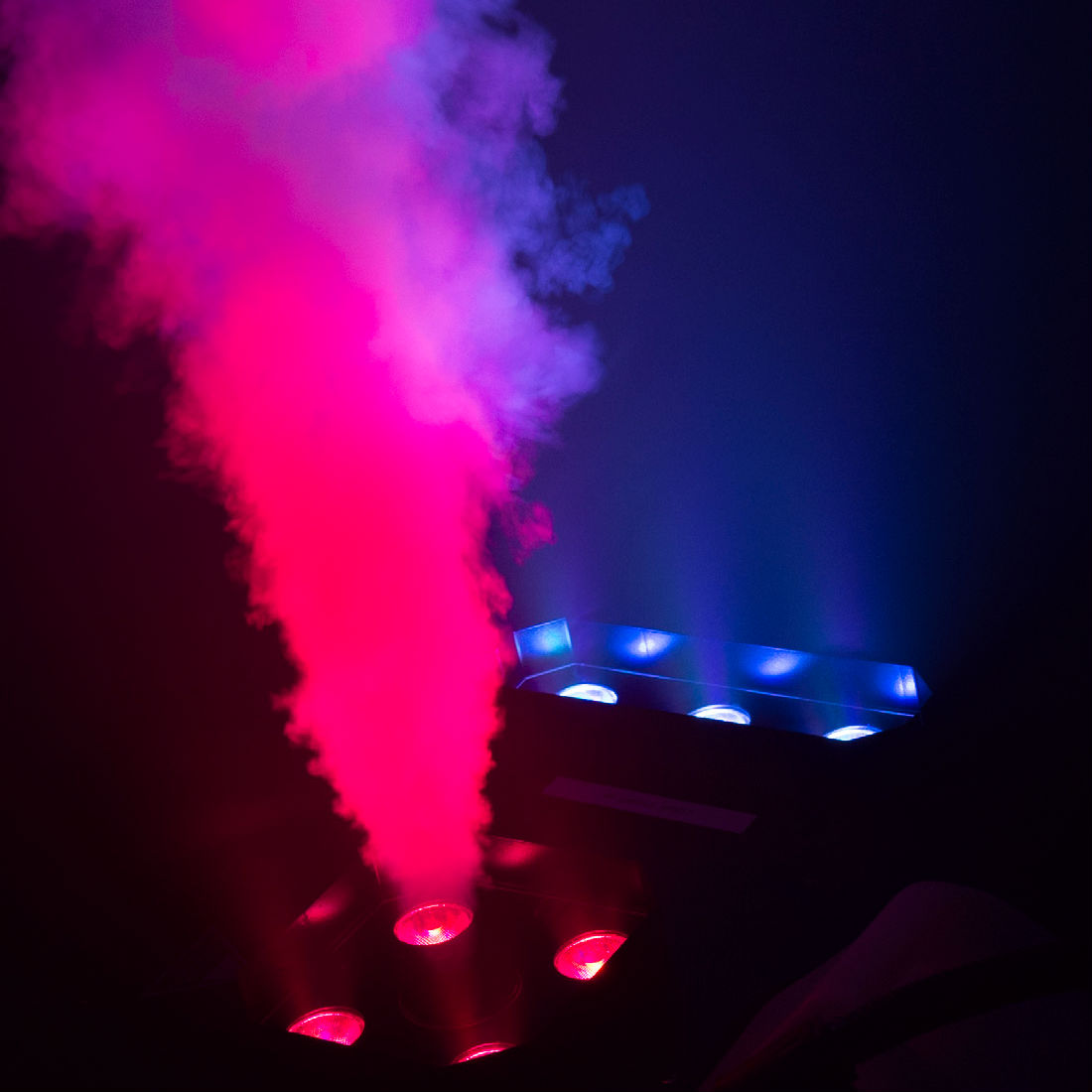Fog Facts And Fictions
Artificial fog remains one of the most commonly used special effects in the entertainment industry. Despite this, many misconceptions remain about how fog works, how it should be used, even what "fog" really is! This week I'd like to examine some commonly held beliefs about fog -- clarifying some and dispelling others altogether.
Belief #1 -- A fog machine burns fluid to make smoke.
Not true. Actually, the heater in a fog machine converts fog fluid (a mixture of water and glycol) into a vapor that mixes with air to create a visible, white cloud. If the glycol in the fog machine does burn -- either because of a faulty heater or (more likely) using fluid intended for another machine in your fogger -- the result is a foul-smelling brown cloud. This is why it is so important to use only the fog fluids recommended by the manufacturer of your fog machine.
Belief #2 -- Adding dye or food coloring to fog fluid will produce colored fog.
To understand why this is not true, consider this riddle when snow melts, where does the white go? Is snow white because it's had white paint added to it? Of course not! Snow appears white because the ice crystals reflect back all the light striking them, in most cases that light is the "white" light of the sun. Likewise, the droplets of glycol in a cloud of fog reflect back all the light striking them. The way to add color to a cloud of fog then is simply to change the color of light striking it. If the fog is only being lit with a red spotlight, red is the only color it can reflect back. Adding dye to your fog fluid will produce some interesting effects; however, ruining the fog machine and voiding the warranty will unfortunately be among them.
Belief #3 -- Fog is dangerous to people who have asthma.
Maybe, possibly and it depends. Heavy use of fog in a poorly ventilated room can be dangerous for anyone, especially the very young, the very old and those who have asthma, severe allergies or other respiratory problems. Anything that reduces the amount of available oxygen in a room can be dangerous, this is why it's important to use common sense when planning a fog effect.
Only use as much fog as is needed to create the desired effect. You should never try to fill an entire room with fog. If you want to create a hazy atmosphere throughout a room (to show off lighting effects in a nightclub, for example) you should purchase or rent a haze machine. The one exception I can think of to this rule is fire companies who use foggers to create simulated smoke for training purposes. In those cases, however, the firefighters wear respirators and emergency medical staff is always on hand.
Belief #4 -- There are special fluids that can create a low lying effect from a regular fog machine.
As far as I know, this is still fiction. I think the confusion on this issue stems from the fact that some manufacturers sell "low fog" or "low-hanging" fluids. However, these fluids are designed to be used in conjunction with a chiller unit attached to the fog machine.
Why does fog rise? It rises because the fog machine has to heat the fog fluid to several hundred degrees Fahrenheit to create the fog vapor. Naturally, the vapor is considerably warmer than the surrounding air and, therefore, rises. This is true regardless of what fluid you put into the machine, because the heater will still be operating at the same temperature.
The only way to make low-hanging fog with a standard fog machine is to pump the output of the machine through a fog chiller. A chiller lowers the temperature of the fog so that it's cooler than the surrounding air and will stay close to the ground. You can purchase a chiller unit from a special effects supplier like Theatre Effects, or build your own from scratch. Plans for chiller units that are inexpensive and easy to build can be found many places online.
I hope this article has helped some of you come to a better understanding of fog effects. Of course, the special effects industry is constantly changing and evolving so some of the "fictions" in this article may be facts a few years down the road. Whatever changes happen, you can be sure that Theatre Effects will be ready to offer you the latest effects, and I'll be ready to explain them to you.
*********************************************
Theatre Effects Customer Service Department
service@theatrefx.com
www.theatrefx.com
Theatre Effects, 1810 Airport Exchange Blvd. #400, Erlanger, KY 41018
Phone: 1-800-791-7646 or 513-772-7646 Fax: 513-772-3579









